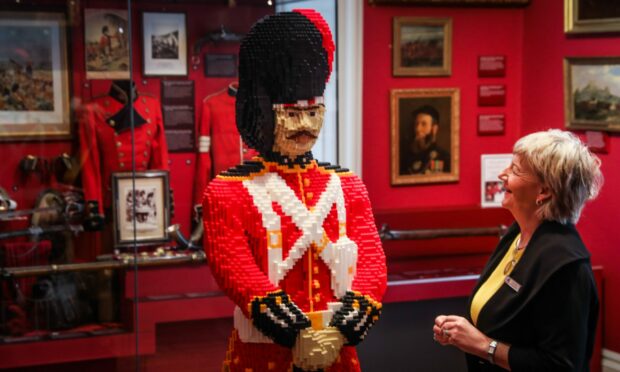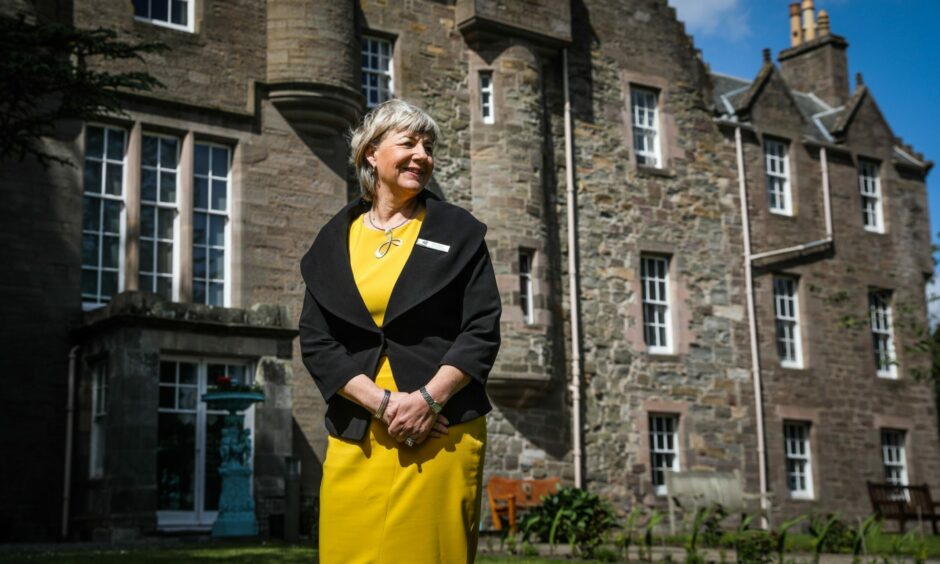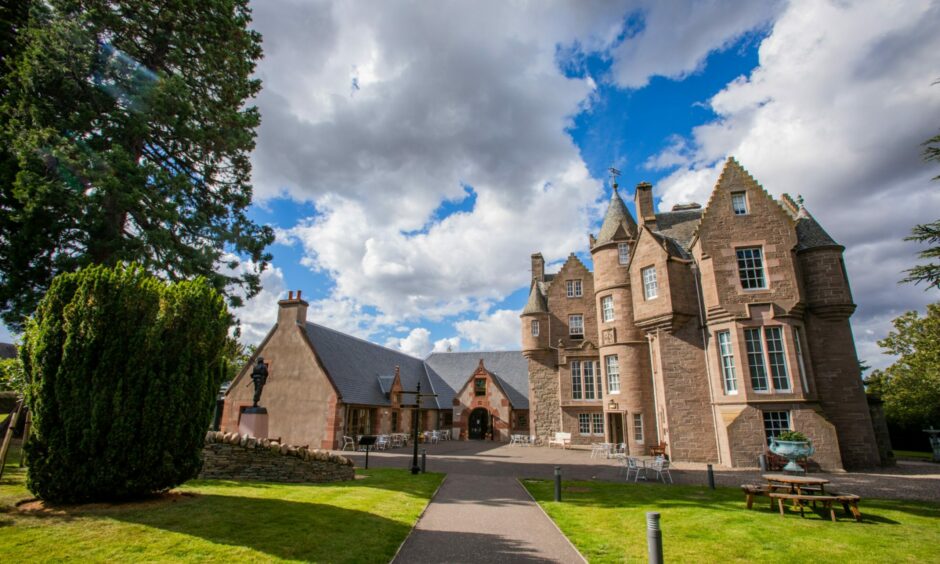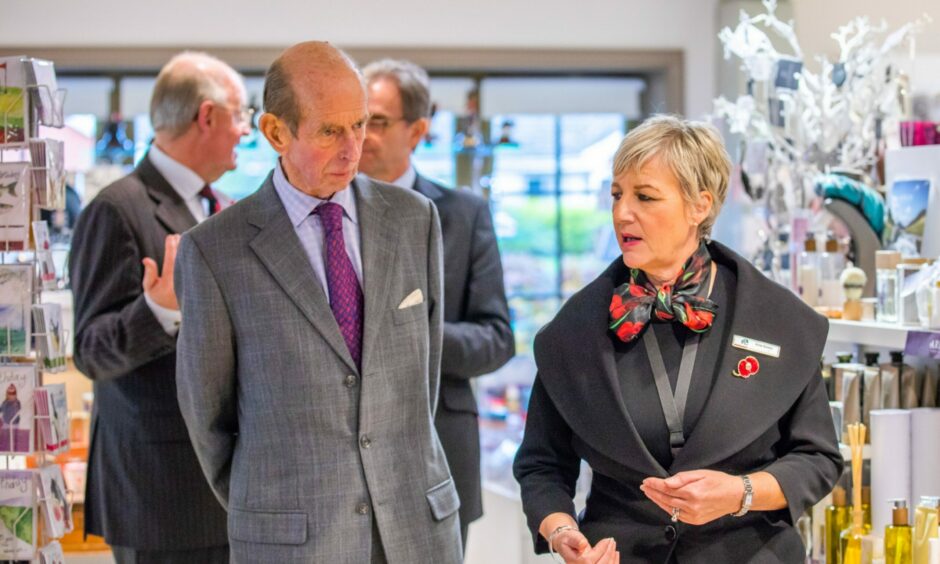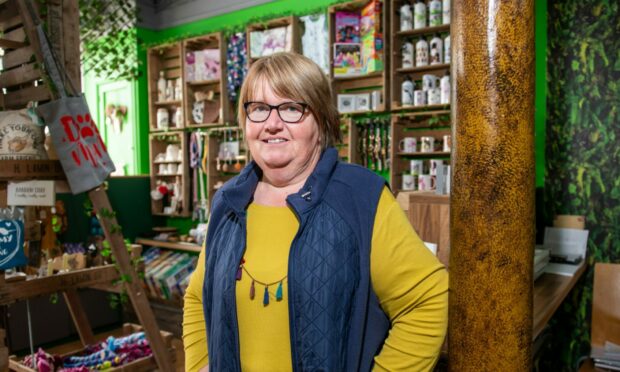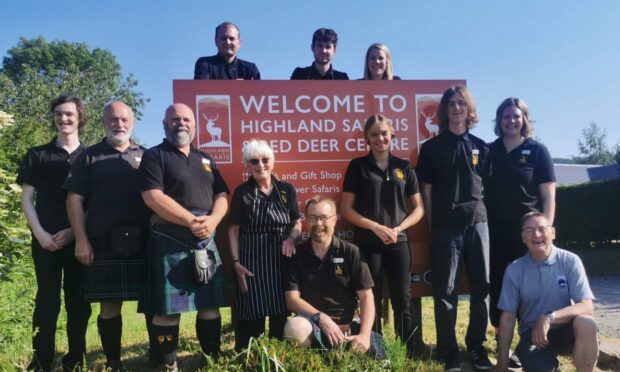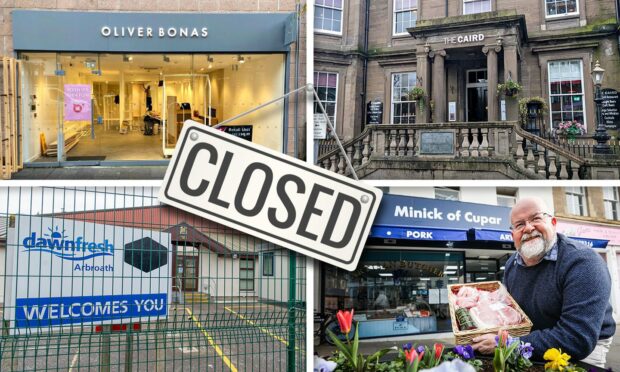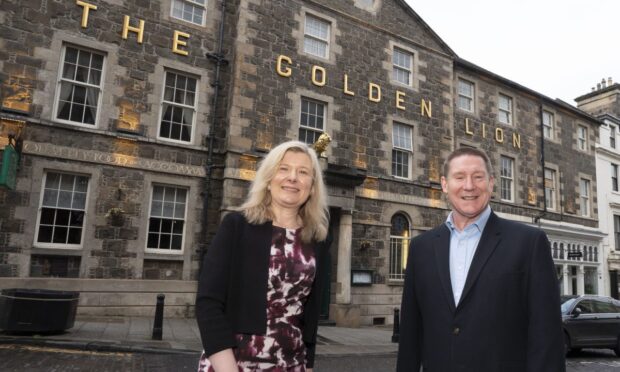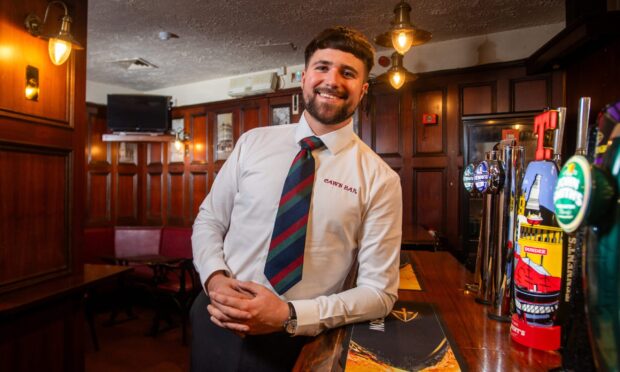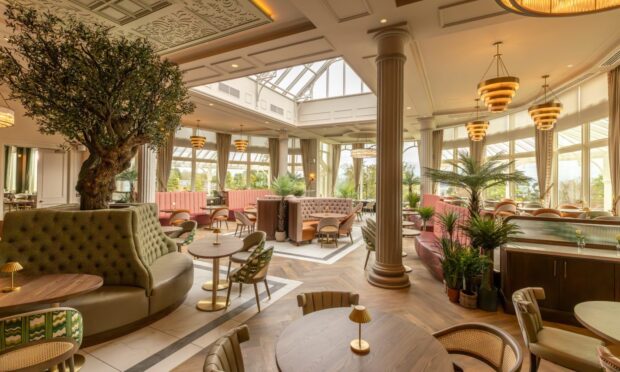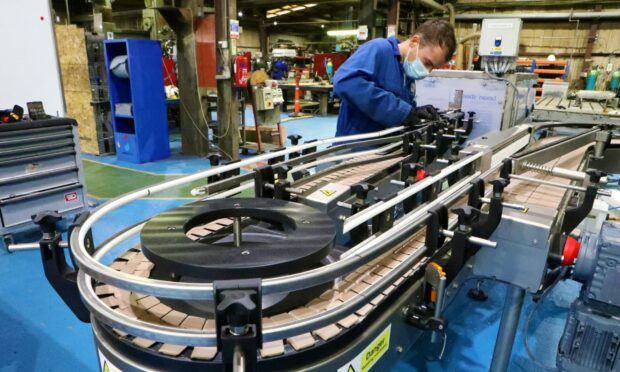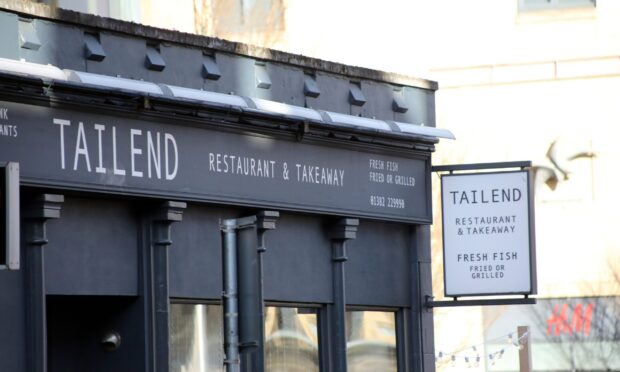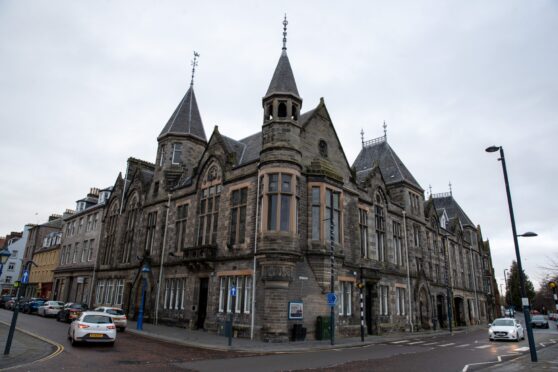A leading Perth tourist attraction has seen visitor numbers bounce back strongly as the effect of the pandemic continues to lessen.
Footfall in May at the Black Watch Castle and Museum was 47% ahead of the same month in 2019, before Covid-19 struck.
Chief executive Anne Kinnes said: “We are seeing a real appetite for people wanting to get out and about doing things.”
She is anticipating a busy summer.
Anne added: “As with last year we expect to see more day visitors and people who are spending a few nights in the area – those who are still choosing to explore their culture and heritage.
“We are welcoming the return of local interest group visits and coach groups.
“We’re beginning to see the return of international visitors, although we don’t expect this to return to pre-pandemic levels this year.”
Aiming to offer five-star experience
Asked about the secrets of success at the Perth attraction, she pinpointed various factors.
She said: “We care about our visitors. We do all we can to give them a fantastic experience – whether it’s a quick visit for a cup of coffee, a guided tour of the museum or joining us at one of our events.
“We aim to offer a five-star experience to everyone.
“People are choosing to spend their hard-earned money with us.
“We try to do everything we can to make sure they leave feeling it was money well spent.”
The Black Watch was raised in an unique way. In the wake of the 1715 Jacobite rebellion, companies of trustworthy Highlanders were raised from loyal clans.
Six companies were formed from 1725 and stationed in small detachments across the Highlands to prevent fighting between the clans, deter raiding and assist in enforcing the laws against the carrying of weapons.
A special First World War exhibit
The museum consists of 11 galleries over two floors.
It shares the story of the Black Watch through objects, uniforms, paintings, and interactive exhibits.
The stories of the soldiers are to the fore.
The chief executive said the object that receives the most emotive response from visitors is Captain Stewart’s kilt from the First World War.
She added: “Captain Stewart and his battalion were embroiled in the Battle of the Somme.
“On September 25 1916, he was fighting near Fleurs when, according to an eyewitness account, he was in the process of throwing a bomb when a bullet hit his arm.
“Inevitably he dropped the bomb and sadly lost his life in the resulting explosion. Captain Stewart was only 23 when he died.
“After his premature death, his belongings were returned to his family.
“His kilt was stored, untouched and as a result still carries traces of mud from the Somme battlefield.”
Every little support helps
Anne, who has led the castle and museum since 2015, said having a committed team is key.
There are 29 staff – a mixture of full and part-time employees – as well as a team of 27 dedicated volunteers.
The chief executive also said weekly visitor numbers can depend on many factors.
These include the weather, the time of year and whether an event is taking place, tour groups visiting or any special promotions taking place.
One week in May saw more than 2,400 visitors through the doors.
Anne said those visitor numbers are crucial to a charitable organisation.
She said: “The running costs of the castle and museum are over £800,000 per year.
“Only 3.5% is funded by statutory grants.
“Every museum tour taken and event ticket purchased helps us.
“It helps preserve the unique collection, protect Balhousie Castle and support our valued Black Watch veterans.”
